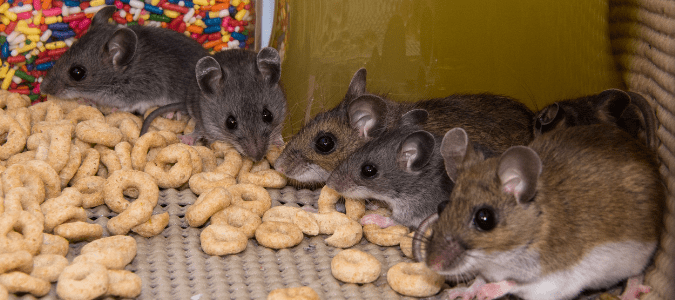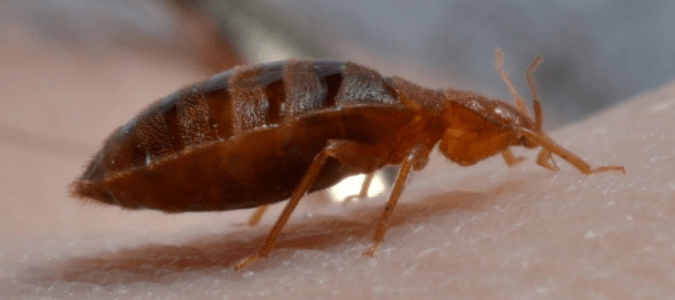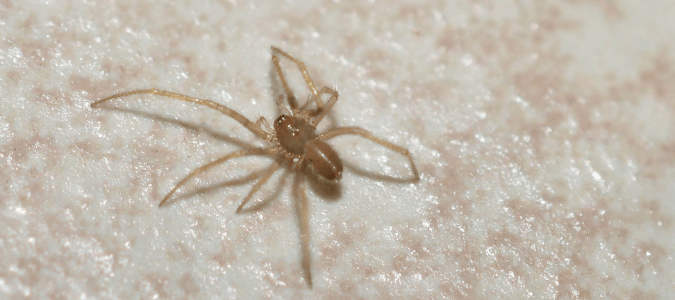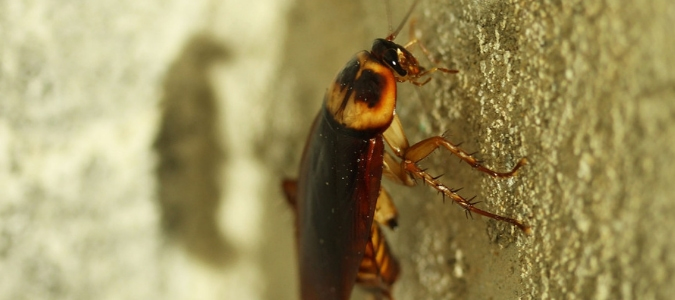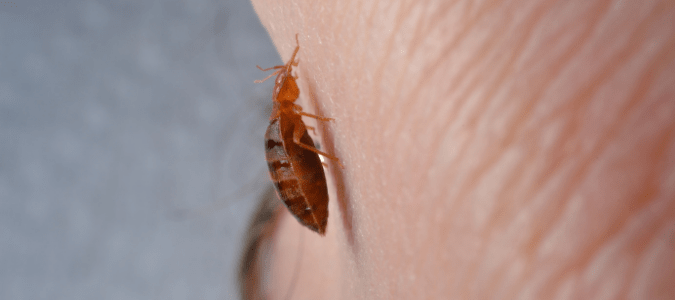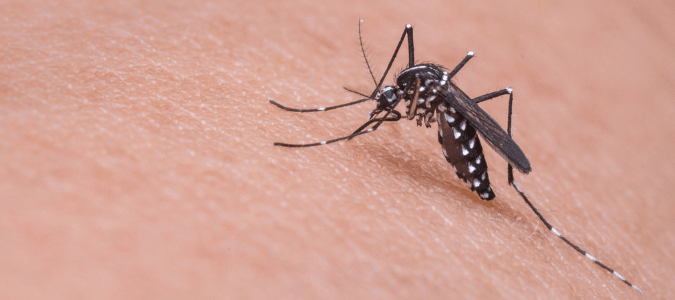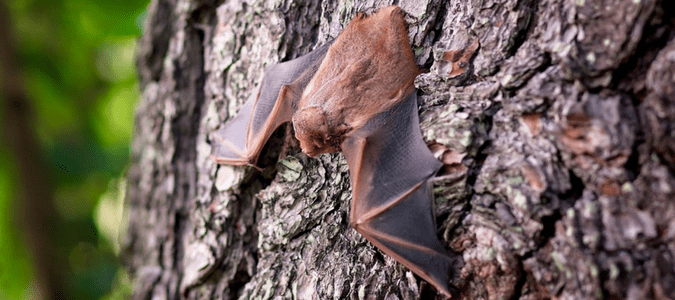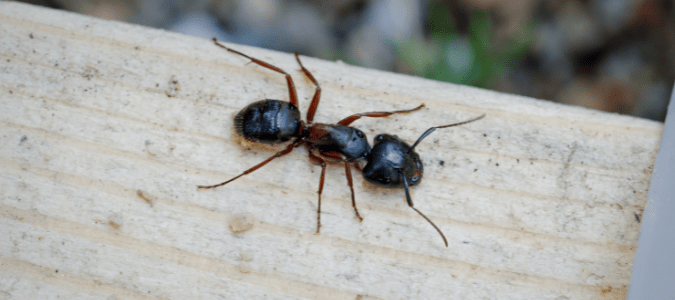Cockroach Versus Beetle: What Pest Do I Have?
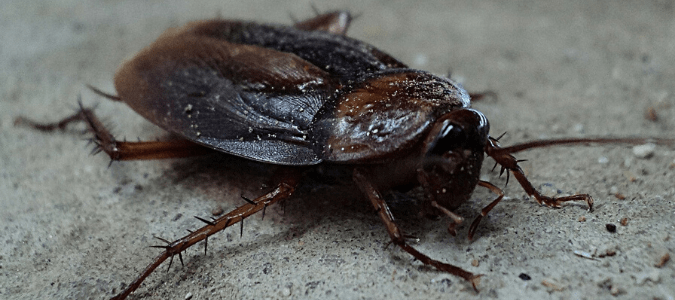
When you spot a bug running across the floor, you may wonder what exactly you just saw. Yes, it’s the old cockroach vs. beetle debate: Was that some type of beetle? Most of us don’t want beetles in our houses, but at least they don’t have quite the ick factor that cockroaches have. Or was it—shudder—an actual cockroach? Fortunately, there are several distinct characteristics that can tell you which insect you just saw, even if you only spotted the pest for a second before it zoomed out of sight. (Hint: If it looked like the image above and it moved that fast, it was most likely a cockroach.)
Identifying the Differences Between American Cockroaches, Oriental Cockroaches and Beetles
There are several main types of cockroaches that people commonly find in their homes. Two of them look very similar to each other, namely American and Oriental cockroaches. Both of these types of roaches … Read Full Post »
